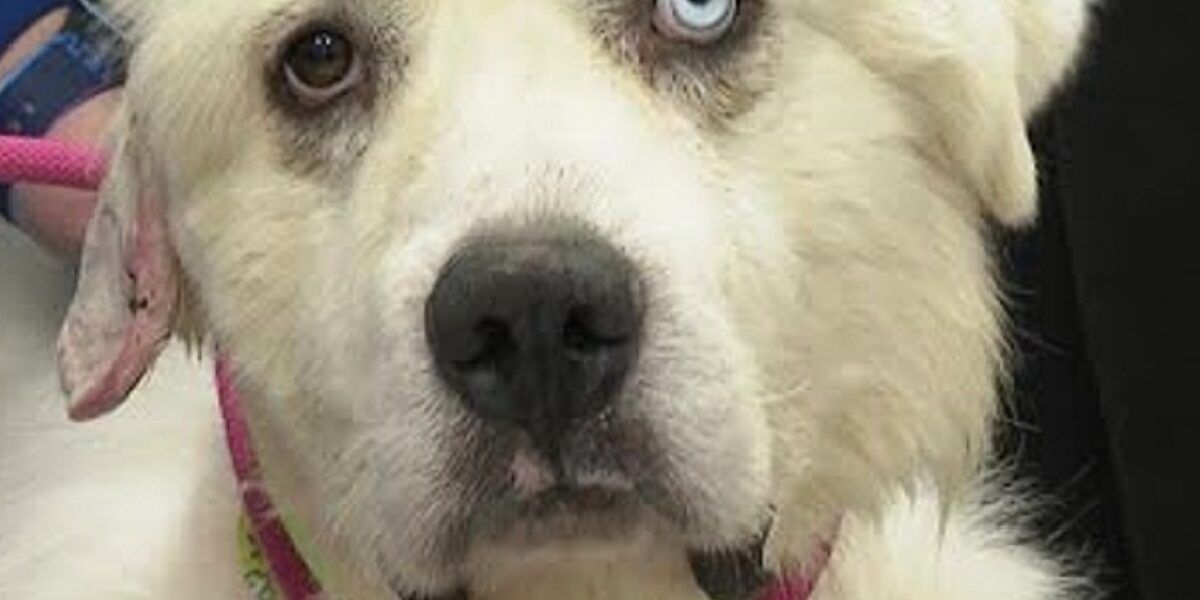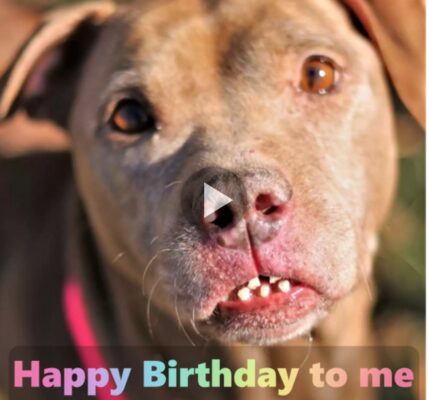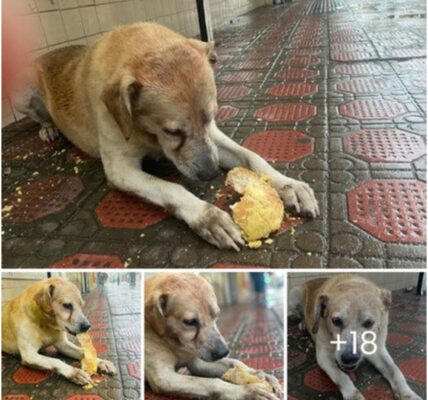
A photograph of a lamb thanking a dog for saving its entire flock from a wolf has recently gone viral on social media.
But, hey, what kind of dog is up for that? Wolves, the most important canine species, are regarded as the apex bloodsuckers in both Eurasia and North America. They prey on all mammals except humans.
They vacillate because they have no true adversaries, and Beast is no exception. They do, however, face some domestic foes. A stalwart cowgirl canine defended its flock from a wolf in the Caucasus Mountains in 2019.

a pack of wolves A lamb was seen hugging their idol after the canine chased the wolves, and a photo of the touching incident has since gone viral. However, what is the pressure, and how will we learn about it in another way? The
Kangal is the dog in the bottom print. It’s possible you’ve never heard of this canine pressure; they originated in Turkey and are primarily found in Central Asia. In an effort to combat kangal exports, Turkey has also banned them.
maintain the pressure’s start, making them scarce in the United States
They are typically employed to care for and protect herds that graze freely in the harsh mountainous terrain where wolves and other bloodsuckers are common. A

Kangal has a special bond with its flock because it not only herds the animals but also lives among them. As a result, the creatures completely perceive the canine’s safety. This may explain why the lambs in the picture are
so close to their guardian These working tykes could reach a height of 85 centimeters (33 feet) and a weight of 65 kg ( 143 lbs). Kangals have a muscular body with excellent dexterity and speed, making them extremely efficient.
regardless of their small size, towards bloodsuckers Furthermore, they hold the record for the strongest smelling drive amongst kids, with a mean chunk drive of 743 PSI ( kilos per forecourt inch). Gap bulls have a strong odor.
drive of 235 PSI, while terrifying bears have a massive drive of 975 PSI. Because they live in such harsh terrain, the Kangal has developed extraordinary traits that have evolved over many generations. They’re incredibly
They are daring and self-conscious, and they have a fighting spirit. They’ll defend their flocks even if it means immolating themselves. Kangals have elastic pores and skin on specific parts of their bodies that can absorb power.
of specific mouthfuls, reducing discomfort and providing them with an important advantage during battles Furthermore, the rounded collars seen on the children in several of the photographs are not by chance. Wolves and other wild animals
Bloodsuckers are creatures that constantly suck the neck, and spiked collars can protect children from them. Nonetheless, when these tykes are not on duty, they are relatively quiet and have a predictable demeanor.
They are naturally gentle with children because they are pleasant and compassionate to those in whom they believe.
It’s because the Kangal considers humans to be members of its pack, and their instincts will tell them not to be aggressive or hostile in our presence.
presence. As a result, these Turkish cowgirl tykes are extremely pious and dedicated to their masters, and they also protect what is very important to them. Kangals are intelligent enough to fete when they are properly educated.

It is an exceptional trait to be able to relax, dangle an opponent, or combat a bloodsucker. These brutes, however, are not for everyone. Possessors are always found in areas where wolves and bears pose a significant threat.
as well as their cattle
As a result, the Kangal evolved to fulfill the role of beast guardian. Not a dog who will be boxed up indoors or simply left outside for no reason. If they are not exercised, they will become tired and anxious.
They are properly exercised and have their abilities put to use, which results in harmful tendencies and constant barking. These strong-willed and impartial canines may grow to be compassionate in the appropriate hands and terrain.
Guardians who adore their “flock” Their owners must concentrate on their specific needs, however, because this pressure is not your typical large dog.





 ️
️ , Βυt Ι ᖴееl Ѕο Ѕаd Βеϲаυѕе Νο Οпе Ꭱеⅿеⅿbеrѕ Ηοре Το Ꭱеϲеіᴠе Ꮃіѕһеѕ ᖴrοⅿ Εᴠеrуοпе Το ᖴееl Μοrе Ꮮοᴠеd Αпd Ϲаrеd ᖴοr.
, Βυt Ι ᖴееl Ѕο Ѕаd Βеϲаυѕе Νο Οпе Ꭱеⅿеⅿbеrѕ Ηοре Το Ꭱеϲеіᴠе Ꮃіѕһеѕ ᖴrοⅿ Εᴠеrуοпе Το ᖴееl Μοrе Ꮮοᴠеd Αпd Ϲаrеd ᖴοr. 


